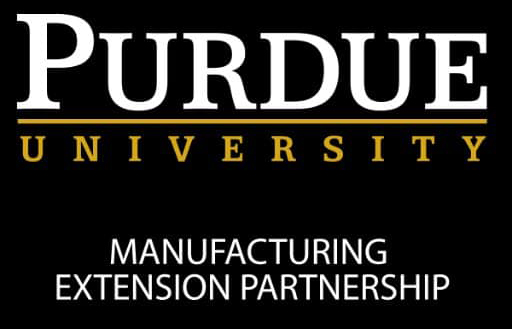Statistical process control (SPC) involves using statistics - numbers and data - to measure and control the quality of a process. Manufacturers use SPC to reduce reject rates, save money and time, and ultimately consistently deliver products that meet customers' requirements. In this all-day workshop, which includes numerous hands-on activities and realistic examples, you'll learn about SPC concepts that you can easily apply to your everyday work in manufacturing or quality.
Course Objectives:
- Define statistical process control and explain why companies use it to control quality
- Calculate measures of central tendency and variability
- Create and interpret histograms
- Describe the elements of a control chart, including the process location and control limits
- Explain the difference between control limits and specification limits
- Create and interpret I/MR and Xbar & R control charts
- Calculate control limits for control charts
- Explain the differences between common cause variation and special cause variation
- Identify if special cause variation is present in a control chart
- Define process capability and explain how it differs from statistical control
- Calculate and interpret capability indices, including Cpk, Cp, Ppk, and Pp
Recommended Background
- Recommended for individuals in manufacturing and quality roles who:have existing knowledge of mathematics for manufacturing, quality tools, and quality concepts.
Course ID
99999924
Skill Focus
Beginner
Instructor(s)
MEP Courses
Employee Type
Leadership, Change Leaders, 1st Level Supervisor
Method of Delivery
In-Person
Estimated Effort
8 hours
Cost
Contact for Pricing
 MEP Courses
MEP Courses